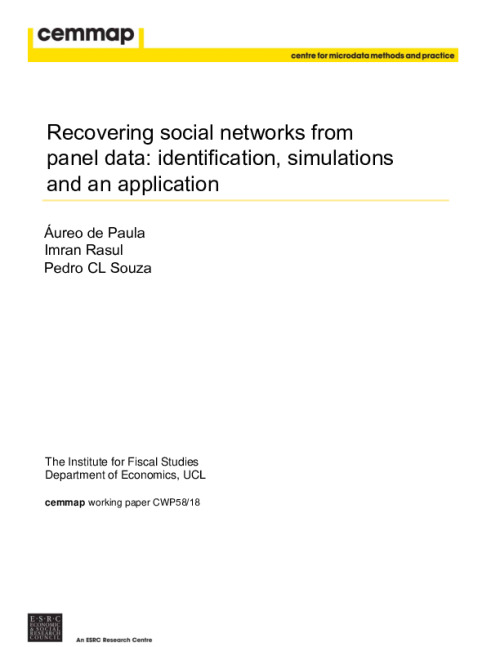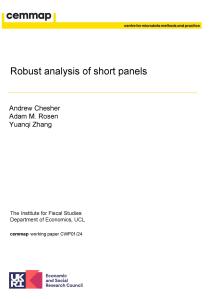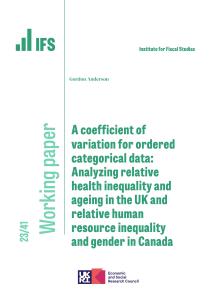It is almost self-evident that social interactions can determine economic behavior and outcomes. Yet, information on social ties does not exist in most publicly available and widely used datasets. We present results on the identification of social networks from observational panel data that contains no information on social ties between agents. In the context of a canonical social interactions model, we provide sufficient conditions under which the social interactions matrix, endogenous and exogenous social effect parameters are all globally identified. While this result is relevant across different estimation strategies, we then describe how high-dimensional estimation techniques can be used to estimate the model based on the Adaptive Elastic Net GMM method. We showcase the method and its robustness in Monte Carlo simulations using stylized and real world network structures. Finally, we employ the method to study tax competition across US states. We find the identified network structure of tax competition differs markedly from the common assumption of competition between geographically neighboring states. We analyze the identified social interactions matrix to provide novel insights into the long-standing debate on the relative roles of factor mobility and yardstick competition in driving tax setting behavior across states. Most broadly, our results show how the analysis of social interactions can be extended to economic realms where no network data exists.










